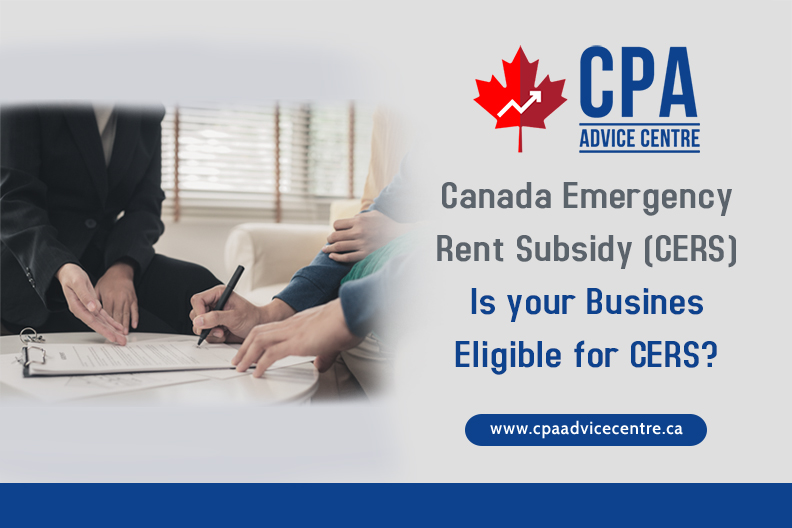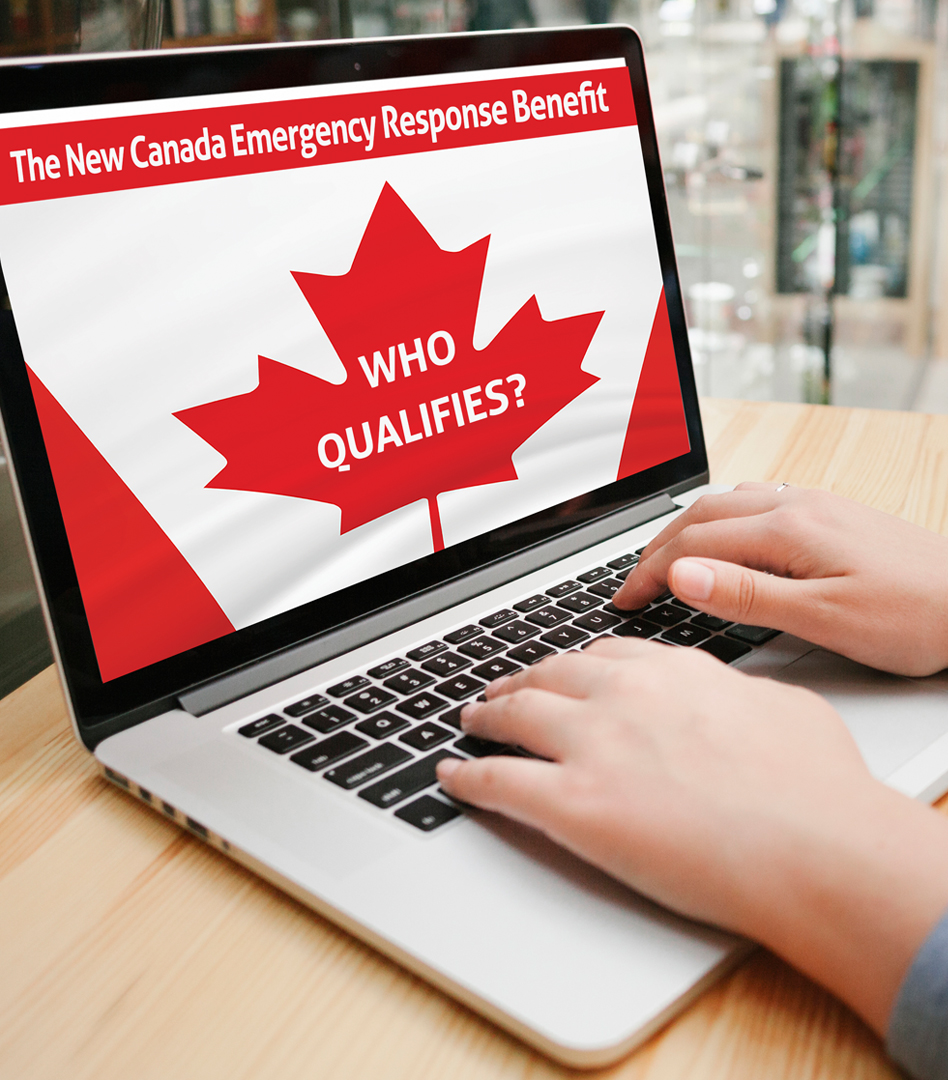Canadian businesses, non-profit organizations, or charities who have seen a drop in revenue due to the COVID-19 pandemic may be eligible for a subsidy to cover part of their commercial rent or property expenses, starting on September 27, 2020, until June 2021.
This subsidy will provide payments directly to qualifying renters and property owners, without requiring the participation of landlords.

If you are eligible for the base subsidy, you may also be eligible for lockdown support if your business location is significantly affected by a public health order for a week or more.
Who is Eligible
To be eligible to receive the rent subsidy, you must meet all four of the following criteria – you:
1. Meet at least one of these conditions:
(a) You had a CRA business number on September 27, 2020
(b) You had a payroll account on March 15, 2020, or another person or partnership made payroll remittances on your behalf
(c) You purchased the business assets of another person or partnership who meets condition b above, and have made an election under the special asset acquisition rules
2. You are an Eligible Business or Not for Profit
3. Your business experienced drop in Revenue
Your drop in revenue is calculated by comparing your eligible revenue during the reference period with your eligible revenue from a previous period (baseline revenue).
There is no minimum revenue drop required to qualify for the subsidy. The rate your revenue has dropped is only used to calculate how much subsidy you receive for these periods.
4 You have Eligible Expenses
To apply for CERS, you must have a qualifying property. Only certain expenses you pay for qualifying properties are eligible for CERS.
For each claim period, you can claim eligible expenses up to a maximum of:
$75,000 per business location (base and top-up)
$300,000 in total for all locations (including any amounts claimed by affiliated entities)
applies to the base subsidy only
there is no maximum for the top-up subsidy
There are a few criteria expenses need to meet, in order to be eligible to be included in your claim for a particular claim period.
Only amounts paid or payable to an arm’s-length party can be included
The expense must be in respect of the claim period
The expense must be paid or payable under a written agreement in place before October 9, 2020 (or a renewal on substantially similar terms or assignment of such an agreement)
You cannot claim expenses that were paid or payable:
to non-arm’s-length entities
for a timeframe that falls outside of the claim period you are applying for
Rental Expenses
Eligible expenses if you rent a qualifying property
If you rent the qualifying property, your eligible expenses are:
Rent (including rent based on a percentage of sales, profit or similar criteria)
Amounts required to be paid or payable by you under a net lease (either to the lessor or a third party). These required amounts might include:
base rent
regular payments for customary operating expenses, such as
property insurance
utilities
common area maintenance
property and similar taxes, including school and municipal taxes
regular payments to the lessor for customary ancillary services
Amounts that you pay under a net lease are considered rent. You will add all of these expenses to the “Rent” field in the calculator when you calculate your subsidy amounts.
You cannot include amounts paid or payable for:
sales taxes (such as GST/HST and provincial sales taxes)
damages
interest or penalties on unpaid amounts
other special amounts
Tenant insurance and leasehold improvements are not eligible expenses.
If your landlord received an amount under the Canada Emergency Commercial Rent Assistance (CECRA) program and they applied the amount to your future rent payments, you can still claim the full rent amount in the current period.
Expenses paid to related person are not eligible.
Expenses when you own the Property
Eligible expenses if you own a qualifying property
If you own the qualifying property, your eligible expenses are:
Property and similar taxes
Includes school taxes and municipal taxes, if these are part of your property tax assessment
Property insurance
Interest on commercial mortgages for the purpose of purchasing real property
Your mortgage amount cannot exceed the lesser of:
the lowest total principal amount secured by one or more mortgages on the property at any time after it was acquired
or
the cost amount of the property
Expenses that are not eligible include:
amounts that were paid or payable for a time that fall outside of the claim period
payments between non-arm’s-length and related entities
Holding Company and Operating Company Example
Hold Co and Retail Co are related corporations and therefore do not deal at arm’s length with each other.
Hold Co owns a building which it leases to Retail Co.
Retail Co pays rent to Hold Co for use of the building to operate its retail store. Retail Co uses the building for its business operations and does not use the building primarily to earn rental income.
The rent paid from Retail Co to Hold Co would not be an eligible expense for purposes of the CERS because it is paid to a non-arm’s-length party.
However, Hold Co may be able to claim eligible expenses paid for the building it rents to Retail Co, such as property and similar taxes, property insurance and interest on a commercial mortgage for purposes of the CERS.
Income from Sub-tenant
If you earned any revenue from sub-leasing space on the property to arm’s-length parties, you must subtract that revenue from your eligible expenses.
Periods you can apply for
Open to apply now
Claim period 3: November 22 to December 19, 2020
Claim period 2: October 25 to November 21, 2020
Claim period 1: September 27 to October 24, 2020
Upcoming
Claim period 4: December 20, 2020, to January 16, 2021
Claim period 5: January 17 to February 13, 2021
Claim period 6: February 14 to March 13, 2021
You may apply for the rent subsidy retroactively for any period up to 180 days after that period has ended.
Please feel free to contact our office if you have further question or need assistance to apply for the Rent Subsidy.







